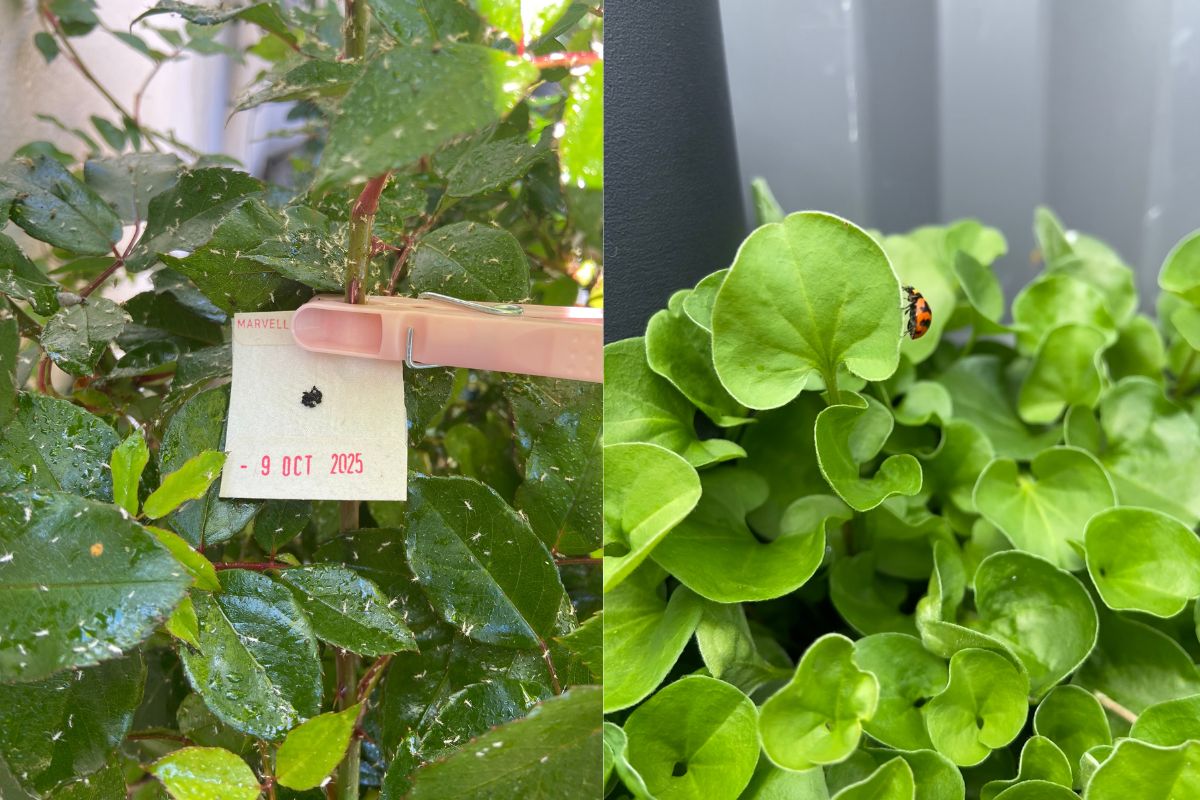What Is Permaculture?
The word Permaculture was first coined by Bill Mollison and David Holmgren in their 1978 book Permaculture One. It means:
- PERMAnent agriCULTURE - sustainable food producing systems.
- PERMAnent CULTURE - a design system for creating sustainable human environments.
"Permaculture is a philosophy of working with rather than against nature; of protracted and thoughtful observation rather than protracted and thoughtless action; of looking at systems in all their functions rather than asking only one yield of them and of allowing systems to demonstrate their own evolutions." - Bill Mollison
"Permaculture is the use of ecology as the basis for designing integrated systems of food production, housing, appropriate technology and community development. Permaculture is built upon an ethic of caring for the earth and interacting with the environment in mutually beneficial ways." - Sustainable Living in Drylands
Permaculture Ethics and Design Principles
Permaculture is not a fixed system. It does not tell people what to do but rather encourages them to think, to observe and to plan. It encourages people to live in harmony with nature and to imitate and learn from nature.

The permaculture design principles have come mainly from the observation of nature and how it works best.
The guiding considerations are:
- Everything is connected to everything else
- Every system function is supported by many elements
- Every element serves many functions
A home permaculture design includes elements like: worm farms, fruit trees, bees, herb gardens, seedlings, greenhouses, arbors, paths, ponds, seating, composting systems, gates, driveways, rock outcrops and chickens, where all elements are designed to work together in a mutually beneficial way.
Permaculture Design Considerations
Using permaculture design principles and knowledge is an amazing way to create a harmonious, thriving, natural environment. These are some of the design considerations that permaculture incorporates into permaculture property designs.
1. Zones
Zones can be visualised as a series of concentric circles, the innermost circle being the area we visit most frequently and manage most intensively.
We do not have endless time or energy. The things we use the most and need us the most must be close to hand. Elements out of our direct line of vision are naturally forgotten and neglected.
So place anything that you need to attend to daily around your daily walking routes.
We plan our kitchens in this way, and we can plan our outside spaces with equal benefit to suit our natural movements.
The more frequent the visits, the closer the component needs to be to your home’s main activity centre – Zone 0.
- Zone 0 - The house or area that is the centre of human activity
- Zone 1 – Kitchen gardens, vegetables, culinary and medicinal herbs, seedlings, worm farm, composting area, children's spaces, pet areas
- Zone 2 - Food forest, fruit trees, vines, animals, bees, greenhouse, aquaculture, ponds
- Zone 3 - Water storage, tree crops, fruit crops, sheds
- Zone 4 - Tree belt systems - windbreaks, shelterbelts, microclimate planting, fire retardant plantings
- Zone 5 - Wilderness - where nature is in charge and is left for observation
2. Sectors
Identifying sectors provide planning data in relation to natural elements that enter your home that you have no control over.The sector plan can include the identification of microclimates, windbreaks, fire risk, shading, privacy requirements and favoured or unwanted views.
3. Slope
The contours of the land affect design due to the impact on the flow of the various systems’ energy. An example is the positioning of raintanks and water sources to utilise the effect of gravity for water dispersal. Another example is the slowing of water to remain in the plant root zone longer.
4. Orientation
Orientation is the thoughtful placement of elements to utilise the sun or shade required to maximize its function or needs.
5. Guilds
Guilds are the grouping of plants, animals or structures that mutually benefit each other when placed together.

6. Patterns
A core permaculture design consideration is to design to patterns. Patterns occur when more than one element, object, force, event etc. have a meaningful connection with each other.
Patterns in nature consists of an assembly of fauna and flora that interconnect and show distinct form and shape.
The goal is to assemble these patterns on your land so that it mimics nature itself towards the end result of being self-regulating and therefore, sustainable. An example of using patterns on your property is to place the paths in tree branch like patterns while following the contours of the land.

Mandela Garden Bed
7. Edge Effect
The ‘edge effect’ in permaculture is a result of thoughtfully using patterns and different environments to increase the biodiversity on your property.
When two edges meet, such as land and water, two ecosystem species are brought together. Those species can then share the edge and a niche environment is formed that also welcomes additional species who thrive in both environments.
The aim is to maximize the edge effect to enhance biodiversity.

Pond Edge Effect
Permaculture Books in Perth
We stock a wide range of the best permaculture books in Perth including:
Retrosuburbia by David Holmgren
Essence of Permaculture by David Holmgren
Getting Started in Permaculture by Ross and Jenny Mars
The Basics of Permaculture Design by Ross Mars
More Permaculture Resources
See our Articles Page for a whole range of free, online resources - many of which contain valuable permaculture knowledge.
Our Permaculture Resources Page also provides further reading and resources for permaculture learning.







Leave a comment (all fields required)